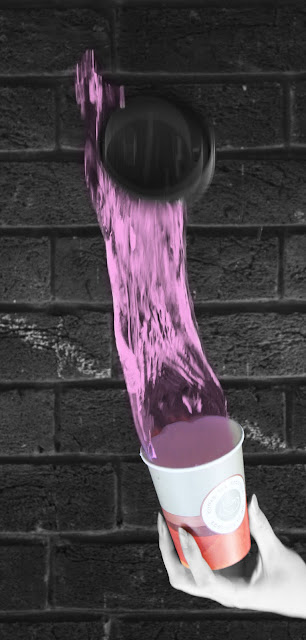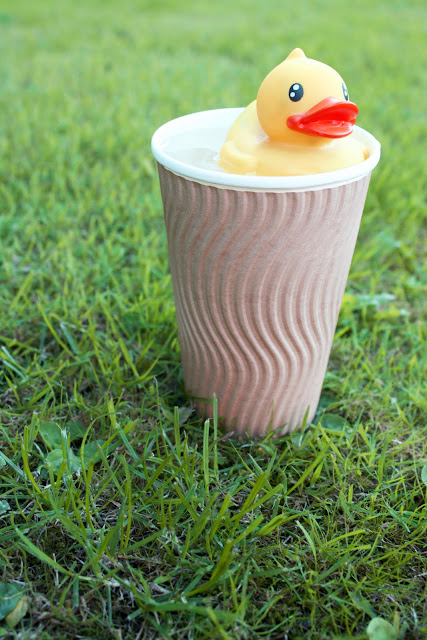We had a lecture by the photographer Ed Swindon who is a well known English street photographer who is inspired by the work of Martin Parr and Edward Hopper. I found his talk particularly interesting because he talked about his journey to getting where he is today and gave advice on how to get into photography, which I found really useful.
He started his talk by talking about how he started in photography to promote himself, and said he gained recognition by renting a building to use as an exhibition space, and created a free exhibition for people to see his work and get his name out there. He also mentioned how he had to use commercial work to pay the bills, doing a lot of wedding work and promotional photos for bands, and also taking photos for the BBC's Doctor Who.

He then went on to his street work, and talked about how he achieved it. He said the main key to street photography, is to be patient to try and catch the everyday incidents. He said it's important to learn the way light portrays things, so you can use the shadows in your favour and know when you will get the shot you want. He does very little editing to his images, so he focuses on getting the shot perfect first time through the camera rather than only getting it through Photoshop. He likes to create the feeling of loneliness within the overwhelming huge city. He also likes to create the oppressive feeling of men becoming like machines in the clockwork routine of everyday life.
'The main skill to street photography, is to look for things that aren't happening' I found this statement particularly interesting as it focuses on the idea of finding beauty in the world that we overlook everyday. The way his images are showing people just walking by with their daily lives, is nothing special in itself, but the way it is shot and the use of composition and light shows his skill as a photographer and creates the art within the image. He said the best camera to use for street photography is as small as possible, you don't want to draw attention to yourself, you need to stay within the background to get the natural shots.
He then went on to talk more about how to make a name for yourself as a photographer and gave a lot of tips on how to become a great photographer.
- RESEARCH. Learn what other photographers are doing, find the ones you like and remember their names, if you don't know the names you'll just show yourself as being ignorant.
- Know what's popular at the moment, but don't be a sheep. Develope it and experiment with it with your own style.
- Try every genre and technique, even if you think it's rubbish.
- Use yourself as a model so you can be experimental with lighting, learn it all properly and be patient.
- Practise how every part of your camera and equipment works until it becomes automatic to you.
- Do as much self-publishing and self-promotion as you can.
- Make a website to promote yourself.
- Use everything you can to promote yourself and show off your work! Business cards, portfolios, competitions, networking etc.
- Learn how to apply for a grant.
- Have future projects.
- Have a backup trade, you may need it to raise money for your next project.
- Go with your personality.
He finished by talking about the experience of being a photographer outside of London. He said the problem is, is that the majority of photography jobs are all in London, so your best bet at getting jobs would be to live in London. Of course the problem with that is, that there's a lot more photographers in London aswell, so there's a lot more competition you have to fight your way through. As being a photographer living outside of London, he said the experience worked out better for him, as even though there are less opportunities, there is also less competition, which makes it a lot easier to stand out.
His final point was to never be put down by failures. If something doesn't work, you should try something else. You will get things that don't work out how you planned, but you should just use that as motivation to succeed next time.
I found Ed Swindon's talk incredibly inspiring and interesting. Although I wasn't originally drawn to his work, he gave a lot of advice on what I should do to get to the status that he has, and I found this more useful than any other talk we've had. I also found it very impressive that he doesn't use Photoshop on his images, he manages to get such striking shadows and contrasts all through his camera.





















































